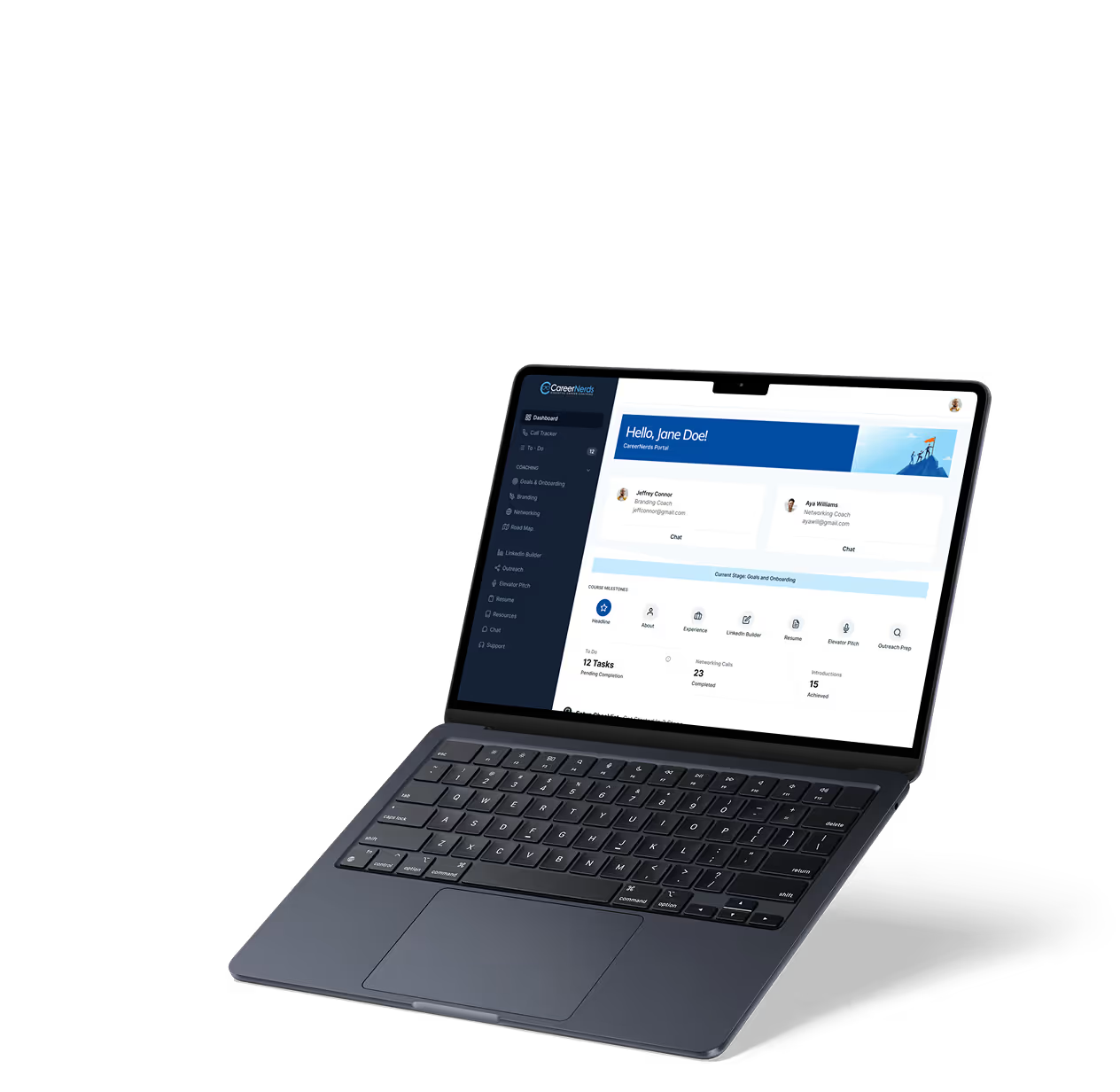Product Friction
Product Management
Explore what product friction is, how it affects user experience, and ways to reduce it for better engagement and conversions.
Introduction to Product Friction
Have you ever stopped using an app or website because it felt complicated or slow? That feeling is often caused by product friction. Product friction refers to any obstacle or difficulty users face when interacting with a product. It can make users frustrated and less likely to continue using the product.
Understanding product friction is key to improving user experience. When you reduce friction, users find your product easier and more enjoyable to use. This leads to higher satisfaction, better engagement, and more conversions. Let’s explore what product friction is and how you can identify and fix it.
What Is Product Friction?
Product friction is anything that slows down or complicates a user’s journey within a product. It can be a confusing interface, slow loading times, too many steps to complete a task, or unclear instructions. These obstacles make it harder for users to achieve their goals.
Friction can happen at any point in the user experience. For example, during sign-up, checkout, navigation, or even while using a feature. The more friction there is, the more likely users will abandon the product or switch to a competitor.
- Types of product friction include:
- Complex forms or too many fields
- Slow page or app loading
- Unclear calls to action
- Confusing navigation menus
- Unexpected errors or bugs
Reducing these frictions helps users move smoothly through your product.
Why Product Friction Matters
Product friction directly impacts user satisfaction and business success. When users face friction, they may get frustrated and leave. This leads to lower retention rates and fewer sales. On the other hand, a smooth experience encourages users to stay longer and complete desired actions.
For example, an e-commerce site with a complicated checkout process may lose customers before they finish buying. A no-code tool like Bubble helps developers create user-friendly interfaces that minimize friction by simplifying workflows and reducing unnecessary steps.
- Benefits of reducing product friction:
- Higher user engagement and retention
- Increased conversion rates and sales
- Better brand reputation and customer loyalty
- Lower support costs due to fewer user issues
Understanding friction points lets you improve your product and grow your business.
How to Identify Product Friction
Finding where friction exists is the first step to fixing it. You can use several methods to spot friction points in your product.
- User feedback: Ask your users what they find difficult or frustrating.
- Analytics tools: Track where users drop off or spend too much time.
- Usability testing: Watch real users interact with your product to see where they struggle.
- Session recordings: Tools like Hotjar or FullStory show how users navigate your product.
For example, Glide apps often use user feedback and analytics to spot confusing screens or slow-loading features. Once you know where friction happens, you can prioritize fixes that will have the biggest impact.
Ways to Reduce Product Friction
Reducing product friction involves making your product easier and faster to use. Here are some effective strategies:
- Simplify user flows: Remove unnecessary steps and keep tasks straightforward.
- Improve loading speed: Optimize images and code to make pages load faster.
- Clear instructions: Use simple language and clear calls to action.
- Responsive design: Ensure your product works well on all devices.
- Automate repetitive tasks: Use tools like Zapier or Make to reduce manual work.
For instance, FlutterFlow allows developers to build fast, responsive apps with clean interfaces that reduce friction. Automations with Make can handle backend tasks so users don’t have to.
Examples of Product Friction in No-Code Tools
No-code and low-code platforms help reduce product friction by making development faster and simpler. However, friction can still appear if the app design is complex or workflows are confusing.
- Bubble: Complex workflows or too many pop-ups can slow users down.
- Glide: Overloaded screens with too much information cause confusion.
- FlutterFlow: Poor navigation design can make it hard to find features.
- Zapier: Complex automation setups may overwhelm new users.
By focusing on user experience and testing often, you can spot and fix these friction points. This ensures your no-code product is smooth and user-friendly.
Conclusion
Product friction is a common challenge that affects how users interact with your product. It can cause frustration and lost opportunities if not addressed. But by understanding what friction is and where it happens, you can make your product easier and more enjoyable to use.
Using no-code tools like Bubble, Glide, and FlutterFlow, combined with automation platforms like Zapier and Make, you can build products that minimize friction. Focus on simplifying flows, speeding up performance, and listening to user feedback. This will help you create a product that keeps users happy and drives success.
FAQs
What exactly is product friction?
How does product friction affect user experience?
What are common examples of product friction?
How can no-code tools help reduce product friction?
What methods help identify product friction points?
Why is reducing product friction important for businesses?
Related Terms
See our numbers
315+
entrepreneurs and businesses trust LowCode Agency
Investing in custom business software pays off
he team at LowCode Agency didn't just build an app, they transformed how we approach client management. They took the time to understand our methodology and created a solution that enhanced rather than replaced what made us successful.
75%
reduction in time spent on client management through automation
40%
increase in coach productivity within the first month

Tom Kent
,
Founder & CEO
Career Nerds



%20(Custom).avif)